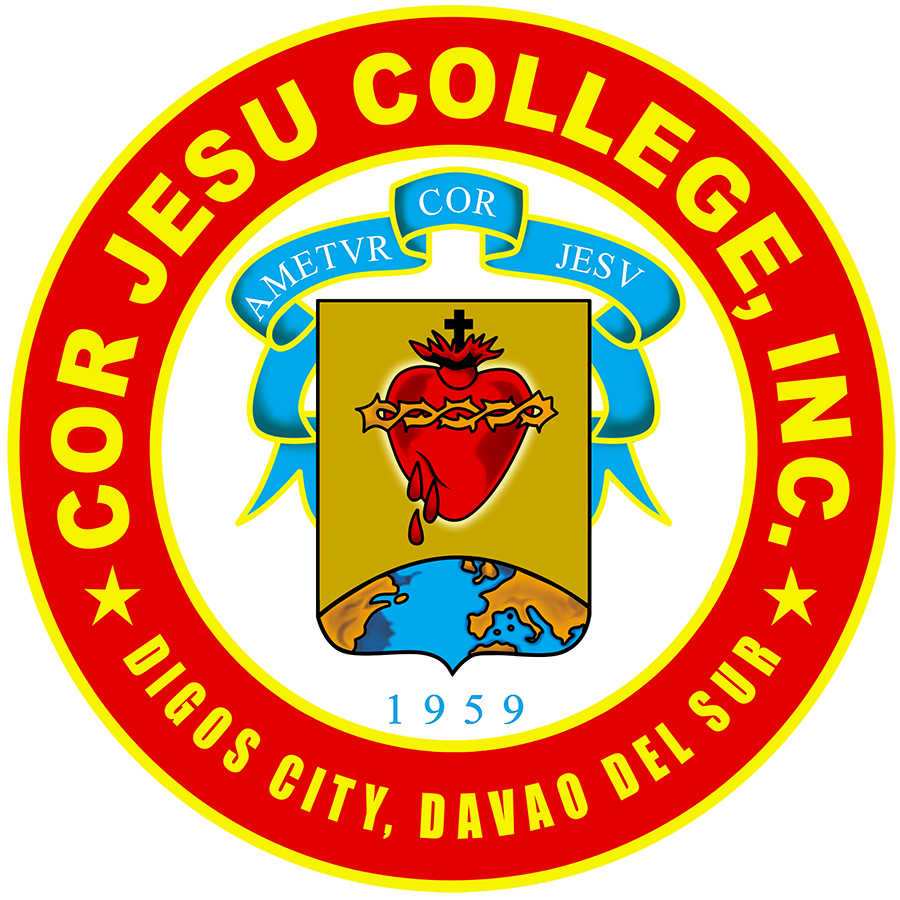In a recent study presented during the Asian Conference on Multidisciplinary Research in Higher Education (ACMRHE) last November 28, 2013 at Manila Mariott Hotel, Pasay City, Philippines, it was discovered that only around fifty percent among the markers of Catholicity are present in the official websites of Catholic colleges and universities of the Philippines.
The paper presented in this conference was the output of a collaborative research between CorJesu College of the Philippines and Drexel University of Philadelphia, USA. Seven markers of Catholicity are used taken from Ex Corde Ecclesiae, an official document of the Church for Catholic universities. These are Catholic in the homepage, Affiliation with sponsoring Catholic entity, Lead academic statement, Human resource page, Catholic worship, Catholic service and Catholic heritage.
Catholic schools are expected to explicate their identity in all aspects the school life. In the advent of the internet, the school website has become the most accessible means for clients to know a particular school. Hence, a first glance of the website would tell visitors the identity of the school.
Among these markers, however, Catholicity is more pronounced in the lead academic statement of which 98.33 of the Catholic schools clearly stipulated it. This is usually found in the schools’ vision, mission, goals and messages of the school head.
Next in rank is affiliation with sponsoring Catholic entity with 94.7% of the schools manifested their belonging to a particular religious order or diocese. An obvious marker of Catholic schools, which are posted in the websites, is Catholic heritage. This refers to Catholic images, icons and symbols found in the website which truly reflect the schools’ Catholic character.
The rest of the Catholic markers are below 50%. All in all, only 56.57% of the expected markers are present of all the schools under study. There is indeed more work to do for Catholic schools to explicate their identity through the official websites where they can make use of these websites to advance their mission and promote their identity.
With its theme “Inventions and Researches that Define our Global Identity,” the convention had the following objectives: (1) To provide a forum for professional and student researchers across the world as means for dissemination and utilization of high impact multidisciplinary and institutional research; (2) To nourish collaborations among researchers and institutions in the promotion and production of research; (3) To recognize meritorious contributions of world inventors, researchers, and institutions; and, (4) To promote quality research publications as credible sources of scientific literature.

